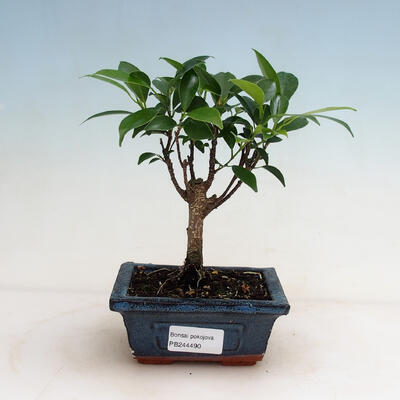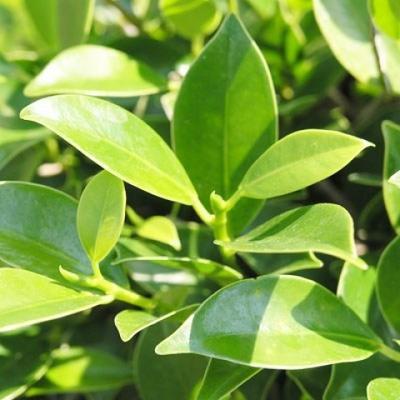Categories
- Bonsai
- Indoor Bonsai
- Shohin, Kifu
- Young plants
- Arabica - Akacia
- Bonsai in gift boxes
- Bonsai Indonesie
- Grewia occidentalis
- Blachia
- Pine room
- Buxus harlandii
- Carmona microphylla
- Duranta erecta
- Ficus
- Fraxinus formosana
- Punica Granatum
- Solanum rantonnetii
- Hibiscus
- Ilex crenata
- Premna microphylla
- Podocarpus
- Lanthana camara -
- Olea europea sylvestris
- Pistachio
- Zantoxylum piperitum
- Ligustrum chinensis
- Portulacaria afra
- Syzygium
- Sageretia thea
- Calistemon
- Ulmus parvifolia
- Other rooms
- Outdoor-Bonsai
- Yamadori
- Indoor Bonsai
- Kokedama
- Pots
- Tools
- Fertilizers, sprays, pastes
- Literature
- Soils
- Forming wire
- Calligraphy
- Circumcision, multiplication
- Gift cards
- Bamboo wind chimes
- Buddhas and dragons
- Laternens
- Suiseki
- Wooden tables
- Ceramic figurines
 Česky
Česky Slovensky
Slovensky English
English Deutsch
Deutsch Polski
Polski





